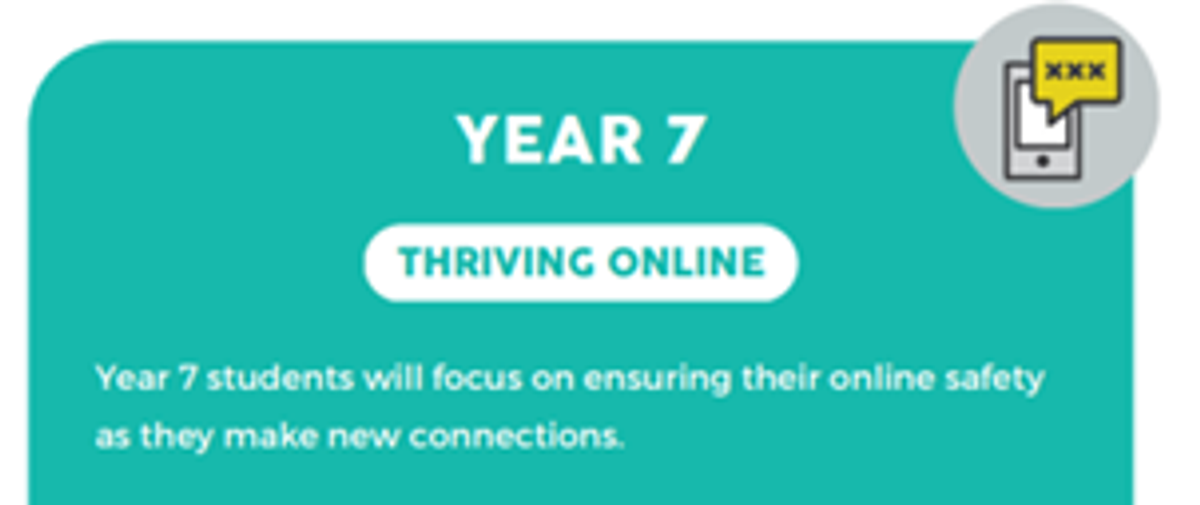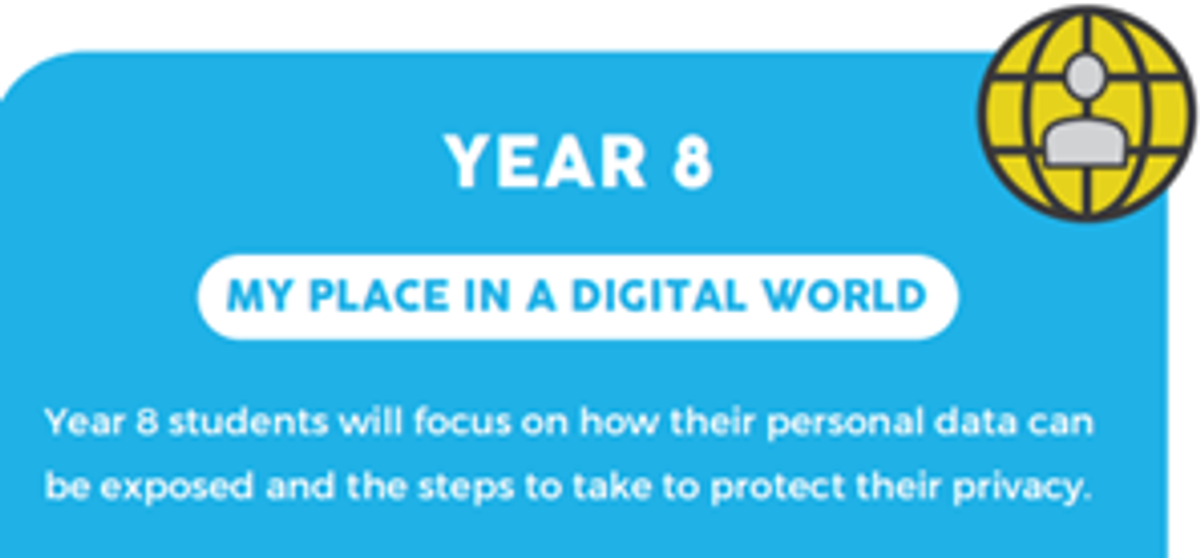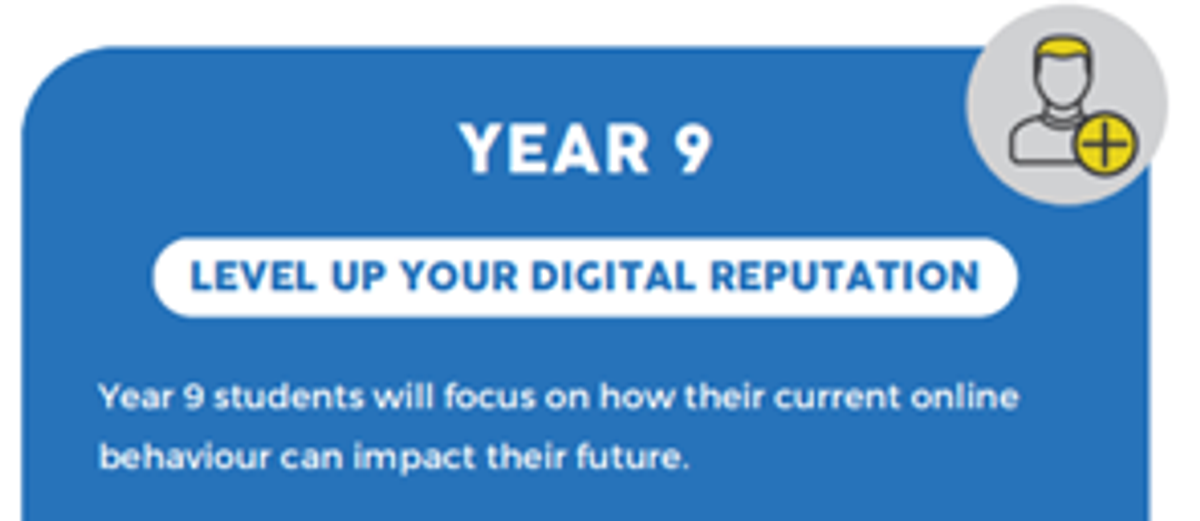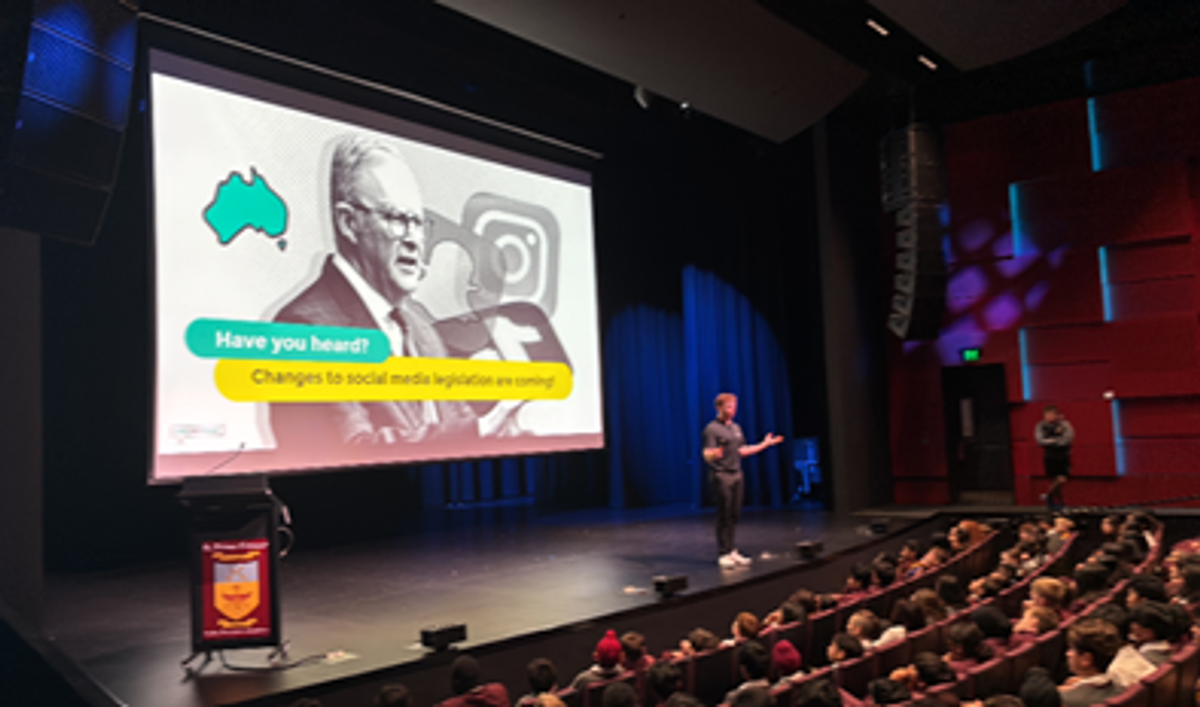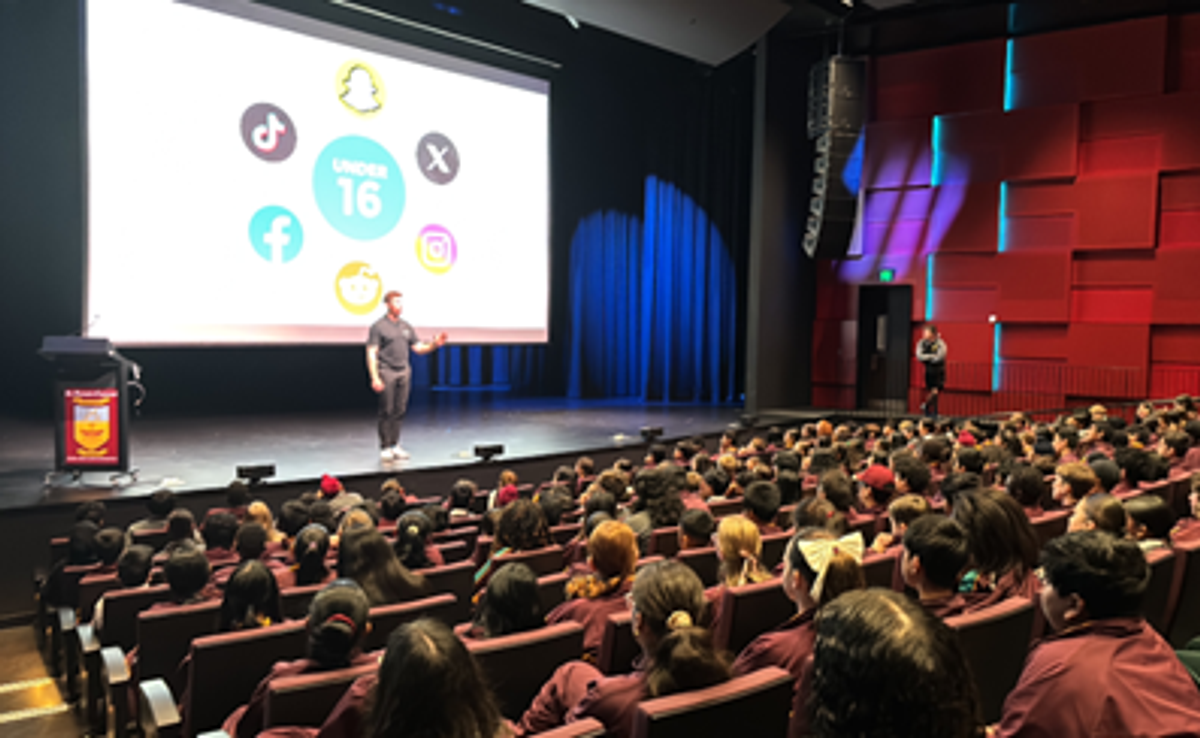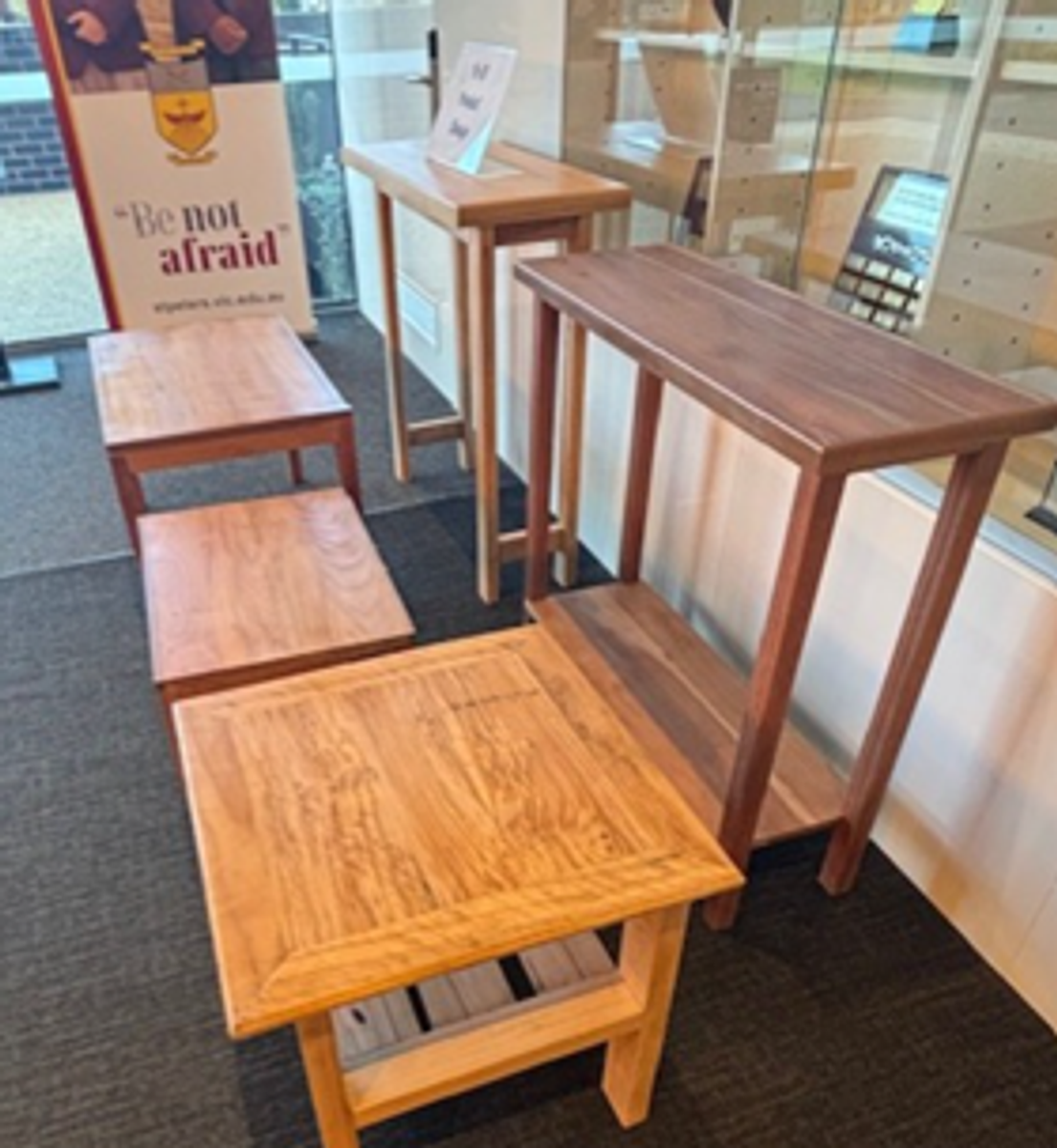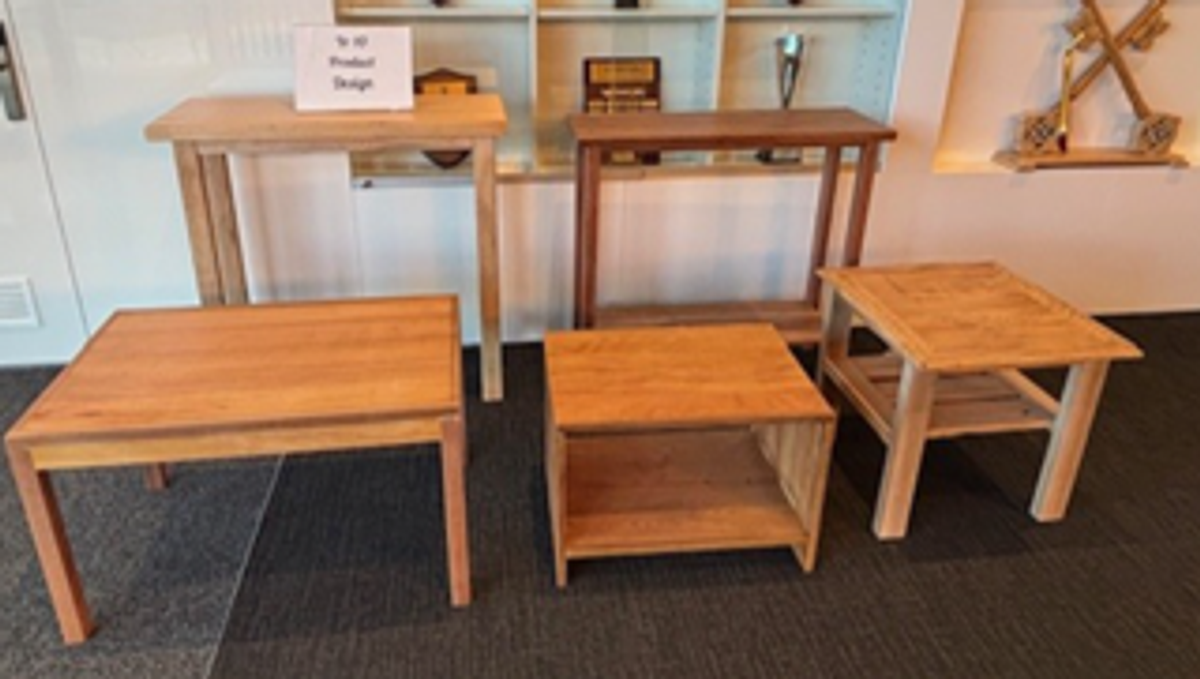Clyde North Campus News
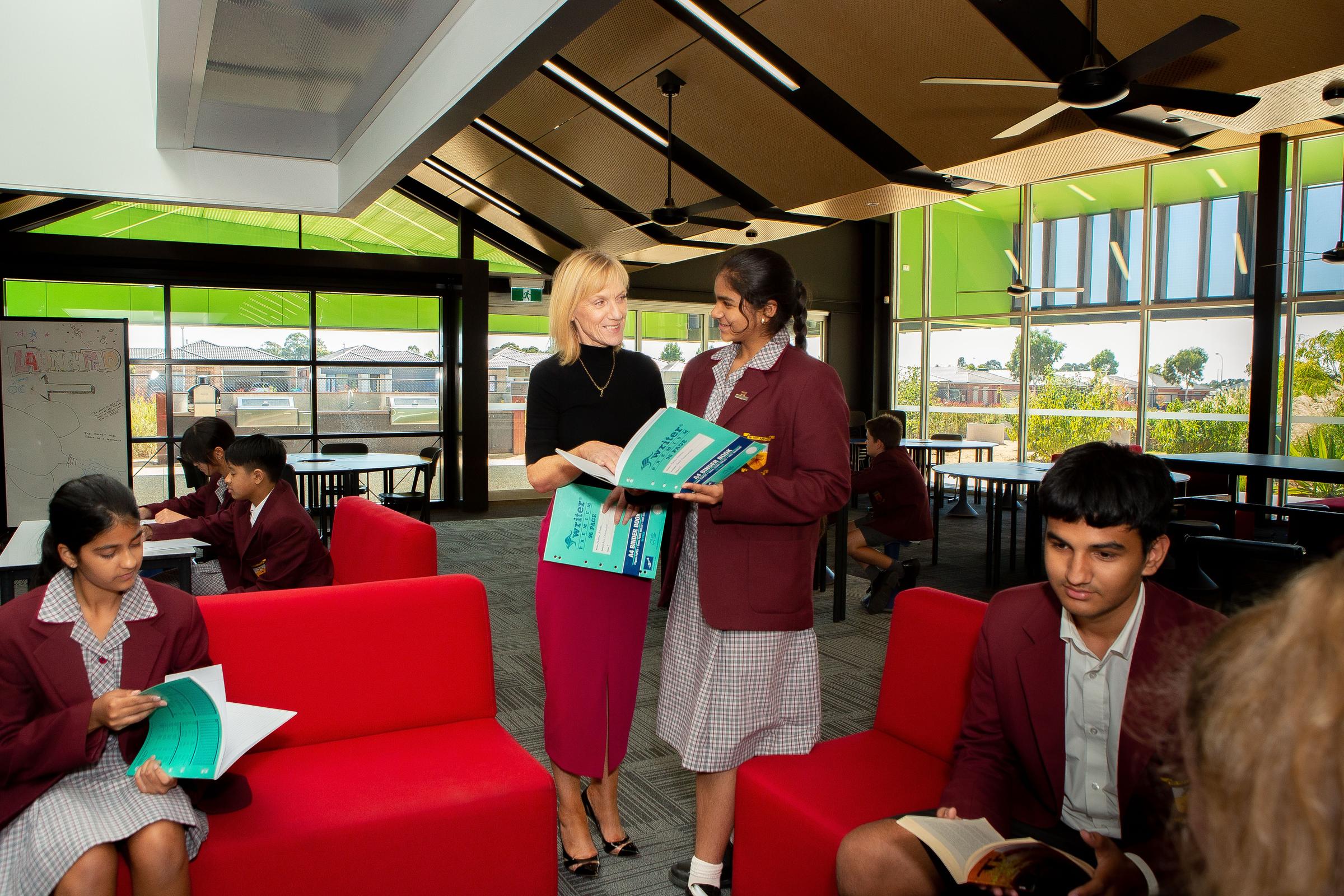
Cyber Safety: Partnering Together to Protect Our Young People Online
As we continue to navigate the digital age, one of the most pressing challenges we face is ensuring our young people are safe, responsible, and respectful when engaging on social media platforms. While these platforms offer wonderful opportunities for connection and communication, they can also expose students to risks that require both awareness and action from families and schools alike.
As a school, we are committed to helping students develop strong digital citizenship skills. This week, students in Years 7, 8 and 9 took part in a cyber safety incursion led by the Cyber Safety Project—a leading organisation we are proud to partner with. This session provided students with engaging, age-appropriate information and practical strategies to stay safe online, recognise red flags, and build their personal agency when navigating the digital world. Of particular interest to all students this year was the discussion around the new social media law due which comes into effect later this year restricting the ability of young people under 16yrs of age to hold a social media account.
A basic outline of what the changes mean is presented below.
New Social Media Law – What Parents and Carers Need to Know
What’s Changing?
Most social media platforms (like Instagram, TikTok, Snapchat) already say users must be 13 or older.
But many children under 13 still use them because age checks are weak or not used at all.
There are growing concerns about young people aged 13–15 being exposed to:
Harmful content
Online pressure
Addictive features (like endless scrolling)
What the New Law Does
The new law puts the responsibility on social media companies, not young people or their parents.
These companies must now take real steps to protect users under 16.
This could mean stronger age checks or making the online experience safer for teens.
What’s Next?
The eSafety Commissioner will:
Talk to young people, parents, carers, and schools about the law
Monitor how it works and gather feedback
Review the law in two years to see what’s working
How You Can Support Your Child
This change may worry some young people. They may feel:
Upset about losing access to apps
Angry or confused
Less likely to ask adults for help if something goes wrong
Here’s how you can help:
Talk openly about the new rules
Ask how they use social media and what they enjoy about it
Reassure them that they can always come to you for help—no judgement
Let them know that if they make a mistake online, it’s okay to speak up➤ Don’t make them fear punishment like losing their device
Cyber safety is most effective when schools and families work in partnership. We urge all parents to continue the conversation at home—ask your child about their experiences, their group chats, and how they respond to challenges online. Together, we can help shape a culture where young people feel safe, supported, and empowered in their digital lives.
If you have concerns or would like more information about supporting your child’s online safety, please don’t hesitate to contact the school and/or visit www.esafety.gov.au and
www.cybersafetyproject.com.au for valuable resources.
Remember: Our young people need our support, not fear. The goal of this law is to make social media safer and our goal is to support our young people to become agents of change, advocates of respect and not to take away their voice.
A special addition to our foyer in the Administration Building this week has been the beautiful, crafted work of our year 10 Product Design class.
For the Year 10 Product Design class of 2025, we had the opportunity to design and create a table of our choice that fits the standards of our end-user. We were able to discuss what would work well with what we wanted in a table throughout the first term of the year. For instance, the size, type of wood, and the overall design. Everyone in the class asked numerous questions about the table design to see if it was under budget, met the constraints and considerations, and if it was durable. Throughout term 2, we were able to determine what worked well and incorporate the different techniques into our final design. All of these aspects led to the class fulfilling the criteria and creating a satisfactory final product.
Philomena R Year 10
Mrs Julie Banda
Head of Campus - Clyde North Campus

